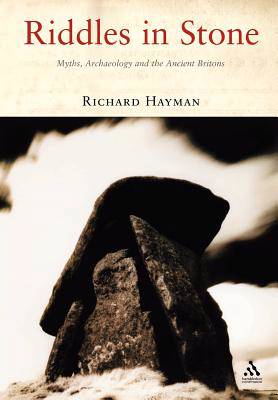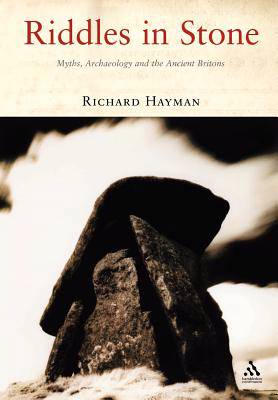
- Retrait gratuit dans votre magasin Club
- 7.000.000 titres dans notre catalogue
- Payer en toute sécurité
- Toujours un magasin près de chez vous
- Retrait gratuit dans votre magasin Club
- 7.000.0000 titres dans notre catalogue
- Payer en toute sécurité
- Toujours un magasin près de chez vous
178,45 €
+ 356 points
Description
Who built Avebury and Stonehenge? Why and when were more than 600 stone circles, and thousands of barrows and cairns, erected in prehistoric Britain? What were they used for and what do they tell us about the beliefs and culture of their builders? Riddles in Stone is a history of the extraordinary variety of answers that have been given to those questions, by amateurs and professionals, archaeologists and astronomers, mystics and system theorists. While modern excavation and radiocarbon dating has undoubtedly advanced our knowledge of the sequence and date of the monuments, their purpose and meaning is still today hotly debated . Indeed no previous century has changed its mind so often as the twentieth - or provided such a welteer of conflicting opinions. Each theory has as much to say about its own time as it has about prehistory. The stones have been used to enhance the authority of the Bible, to endorse the civilizing mission of the British Empire - and to argue that the Ancient Britons could work a computer. In a reaction to modern industrial society, they have been credited with spiritual powers and natural energies. Even the views of modern archaeologists often reflect the latest adademic fad, rathen than a lasting solution. Riddles in Stone: Myths, Archaeology and the Ancient Britons is an entertaining and instructive account of a debate on a subject of endless fascination. Richard Hayman is an archaeologist. He read archaeology at University College, Cardiff, and has subsequently specialised in post-medieval archaeology, while maintaining his early interest in prehistoric monuments. He has also worked as a photographer.
Spécifications
Parties prenantes
- Auteur(s) :
- Editeur:
Contenu
- Nombre de pages :
- 332
- Langue:
- Anglais
Caractéristiques
- EAN:
- 9781852855666
- Date de parution :
- 01-12-06
- Format:
- Livre broché
- Format numérique:
- Trade paperback (VS)
- Dimensions :
- 170 mm x 231 mm
- Poids :
- 671 g

Les avis
Nous publions uniquement les avis qui respectent les conditions requises. Consultez nos conditions pour les avis.






